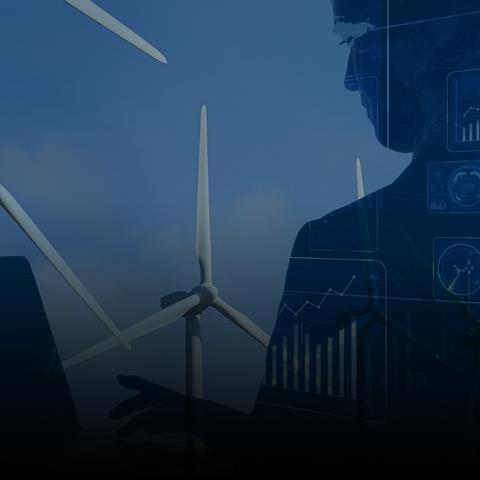Greg Hershman, Head of US Policy, and Ed Baker, Head of Climate Policy, PRI
Investors may need to rethink their assumptions about the global energy transition, after unexpected climate policy breakthroughs in the US. That was the message from a group of US market experts speaking on a recent PRI webinar.
The passage in August of the USD$370 billion Inflation Reduction Act (IRA), followed by strong bipartisan support in the Senate for ratifying an amendment to the Montreal Protocol to cut the use of a major greenhouse gas, has put the US back in the game in terms of domestic and international efforts to address climate change. The developments promise to impact the international climate talks, US domestic infrastructure development and global clean energy supply chains, the webinar heard.
Sharon Hendricks, Vice-Chair of CalSTRS and PRI board member, opened the discussion by explaining that this action by the US was desperately needed, given that climate change is already having severe impacts around the world, including on financial markets. From historic heat and drought in China, Europe and the western US, to deadly flooding in Pakistan that has been deemed a “climate catastrophe”, no industry or economy is immune to this growing threat.
An end to US policy paralysis
After years of federal climate policy paralysis, the US is now responding. The IRA is estimated to help cut US emissions by 40% below 2005 levels by 2030. Combined with actions across state and local governments – such as California’s recent ban on new internal combustion engines from 2035 – the US has a chance to achieve its 2030 climate target of a 50-52% emission cut on the 2005 baseline by the end of the decade.
Key provisions within the IRA include: 10-year tax credits for renewable energy projects; investments in domestic renewable energy supply chains; subsidies for purchases of new and used electric vehicles and for families to invest in more sustainable home appliances; block grants to address historic inequities in pollution; and a fee on methane emissions.
Vivid Economics Executive Director Jason Eis explained that investments and tax incentives by the federal government will speed up the deployment and lower the costs of clean energy infrastructure and manufacturing capacity directly. Competition from states and the private sector to win this federal support will further crowd in further investment, creating a virtuous cycle of accelerated decarbonisation in the US. Moreover, this will likely create spill-over benefits – through lower technology costs and greater investments – around the world, he added.
Climate challenges ahead
Despite this progress, challenges remain in the months and years ahead. In June, the US Supreme Court limited the ability of the Environmental Protection Agency (EPA) to regulate greenhouse gases en bloc across states or the country, limiting the agency to emissions reduction rules “inside the fence line” of individual emissions sources. However, while the ruling may slow the EPA, the IRA codified language, for the first time, stating that greenhouse gases are air pollutants and thus directly fall within EPA’s regulatory authority.
Politics will continue to have a strong influence on the US’s emissions pathway, and webinar participants raised questions about the durability of the IRA’s provisions. However, not only will President Biden wield veto power over any efforts to unwind the IRA through at least 2024, the benefits from the legislation will be felt in thousands of communities across the country – with one Bloomberg analysis showing that historically Republican districts will see outsized funding from the legislation in coming years. This will make it more politically difficult to unwind its provisions, the webinar heard.
What investors need to know
For responsible investors, our discussion highlighted a number of key takeaways:
- Action by Congress puts the US back in the game in its domestic and international efforts to address climate change. It also brings new impetus to the UN climate talks ahead of COP27 and the second emissions stock-take under the Paris Agreement (which is due to start next year). Investors may need to refresh their view of how the energy transition is likely to play out.
- The focus for the IRA and other spending measures will now switch to implementation. While the administrative requirements of the IRA vary, effective delivery is likely to require a scaling up in key agencies’ capacity, in increase in the size, quality and granularity of the infrastructure project pipeline, and the overcoming of short-term labour and material constraints.
- It may take four or five years for there to be an impact on clean energy supply chains, but the totality of the spending in the IRA – the largest ever single investment in climate action – could be transformative for manufacturing supply chains domestically and abroad.
In October, the PRI will publish further analysis of US climate policy in the form of an in-depth report written by research firm Kaya , a partner on our Inevitable Policy Response project. We look forward to sharing this latest update with you and staying in touch on climate policy developments in the US and around the world.
The PRI blog aims to contribute to the debate around topical responsible investment issues. It is written by PRI staff members and occasionally guest contributors. Blog authors write in their individual capacity – posts do not necessarily represent a PRI view.












